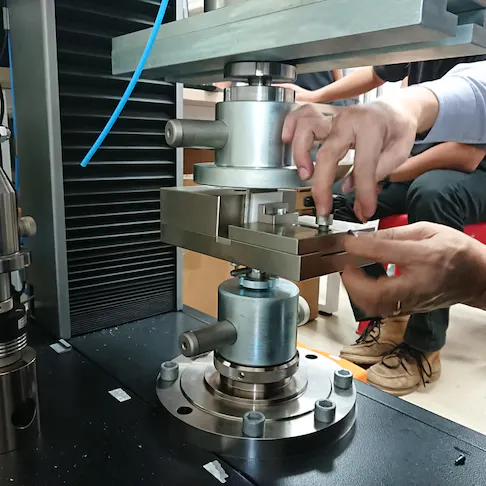Current expectations for 3D printing do not reflect reality. The process does not build perfection and each additive technology has its own design rules. Most engineers who use additive manufacturing are approaching it with a rapid-prototyping mentality where a little tweaking is okay. However, communication gets lost in the quality supply chain when a 3D printed part that works gets adopted into production. Parts often get stopped at receiving inspection because their reference drawings have machining tolerances or slight deviations are noted between parts. This does not mean that the parts were built wrong, it means that the expectations and drawings were not designed for the process used.
Additive manufacturing requires a significant paradigm shift from conventional subtractive manufacturing, but once you start thinking about the process the designs can come much more naturally. This article will go over some guiding principles and a small handful of additive processes to better equip engineers to utilize 3D printing design best practices.
The first thing to understand is why additive manufacturing is more difficult to communicate versus traditional manufacturing approaches. Why is it that an engineer or quality manager can take a sheet metal, molded, or machined part and just push it through with ease? Simply put, the model is cut through subtractive methods—meaning that if there is a tight feature or tolerance, the machinist will review their program and shave down the feature to hit it as specified. So, the paradigm that most engineers and quality teams follow is:
- model made
- manufacturer interprets and programs digitally
- part (or tool) is milled
- part is delivered
What about additive 3D printing? To start, additive parts are grown from a lesser substance such as a powder, resin, or filament. This material is fused or cured to the shape of the model in a controlled manner. The model used is interpreted by the machine to output its best effort. So, the workflow is:
- direct digital manufacturing where a model is made
- the machine builds the part
- part is delivered
By this workflow, additive manufacturing should be interpreted more as a near-net shape than a built-to-spec process. The production teams who run additive manufacturing platforms only have so much control of machine parameters and focus on orientation optimization of the entire part versus discrete features. Instead of the machinist being responsible for the features of the part, it is in the engineer’s hands to design for the process. The 3D model used to print may have internal offsets and other features compensated for the process where a reference drawing would reflect the pass or fail criteria of the printed product.
This is easier said than done in some cases. With the current state of additive manufacturing all first prints should be revered as a prototype iteration. General guidelines will help build a better first article but more likely than not there will be several iterations before a stable, repeatable, and reliable model is finalized. Ultimately software will augment for this as machines get more sophisticated with data and feedback. But for the next few years at least these best practices will be very helpful to gain confidence in the process and manage expectations.
.webp)
